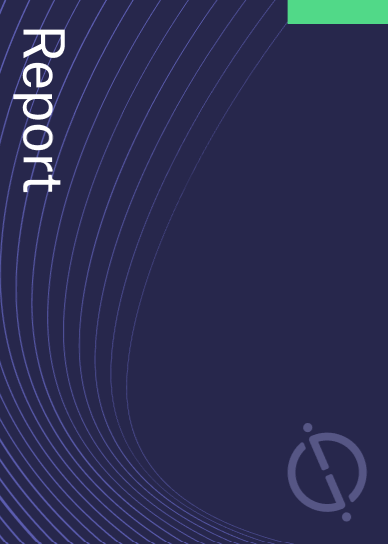G1 Therapeutics has been granted a patent for an improved method of protecting healthy cells, including hematopoietic stem and progenitor cells (HSPC) and renal cells, from damage caused by DNA damaging chemotherapeutic agents. The method involves administering highly selective and short-acting cyclin-dependent kinase 4/6 (CDK 4/6) inhibitors to patients undergoing DNA damaging chemotherapeutic regimens for the treatment of proliferative disorders. This method aims to reduce chemotherapy-induced myelosuppression in patients receiving chemotherapy for small cell lung cancer. GlobalData’s report on G1 Therapeutics gives a 360-degree view of the company including its patenting strategy. Buy the report here.

Discover B2B Marketing That Performs
Combine business intelligence and editorial excellence to reach engaged professionals across 36 leading media platforms.
According to GlobalData’s company profile on G1 Therapeutics, Cancer treatment biomarkers was a key innovation area identified from patents. G1 Therapeutics's grant share as of September 2023 was 33%. Grant share is based on the ratio of number of grants to total number of patents.
Patent granted for method of reducing chemotherapy-induced myelosuppression
A recently granted patent (Publication Number: US11717523B2) describes a method for reducing chemotherapy-induced myelosuppression in patients with small cell lung cancer. The method involves administering an effective amount of at least one chemotherapeutic agent and an effective amount of a CDK4/6 inhibitor.
The patent claims specify various aspects of the method. Claims 2 and 3 state that the CDK4/6 inhibitor should be administered 8 hours or less, or 4 hours or less, respectively, prior to the administration of the chemotherapeutic agent. Claims 4 to 10 list specific chemotherapeutic agents that can be used, including carboplatin, cisplatin, etoposide, and topotecan, either individually or in combination.
Another set of claims (11 to 18) describes a similar method but specifies the use of carboplatin, cisplatin, etoposide, or a combination thereof as the chemotherapeutic agent. The CDK4/6 inhibitor is again administered prior to the chemotherapeutic agent, as mentioned in claims 12 and 13.
Lastly, claims 19 to 21 focus on the use of topotecan as the chemotherapeutic agent, with the CDK4/6 inhibitor administered prior to its administration.
This patent provides a method for reducing chemotherapy-induced myelosuppression, a common side effect of chemotherapy, in patients with small cell lung cancer. By combining the administration of a CDK4/6 inhibitor with the chemotherapeutic agent, the method aims to mitigate the negative impact on the bone marrow and blood cell production. The specific timing of the CDK4/6 inhibitor administration, as mentioned in the claims, may be crucial for its effectiveness.
The chemotherapeutic agents listed in the claims, such as carboplatin, cisplatin, etoposide, and topotecan, are commonly used in the treatment of small cell lung cancer. By incorporating a CDK4/6 inhibitor into the treatment regimen, this method has the potential to improve patient outcomes by reducing myelosuppression and its associated complications.
It is important to note that the information provided is based solely on the claims of the granted patent and does not include any additional data or clinical evidence. Further research and clinical trials would be necessary to validate the effectiveness and safety of this method in practice.
To know more about GlobalData’s detailed insights on G1 Therapeutics, buy the report here.
Data Insights
From

The gold standard of business intelligence.
Blending expert knowledge with cutting-edge technology, GlobalData’s unrivalled proprietary data will enable you to decode what’s happening in your market. You can make better informed decisions and gain a future-proof advantage over your competitors.




